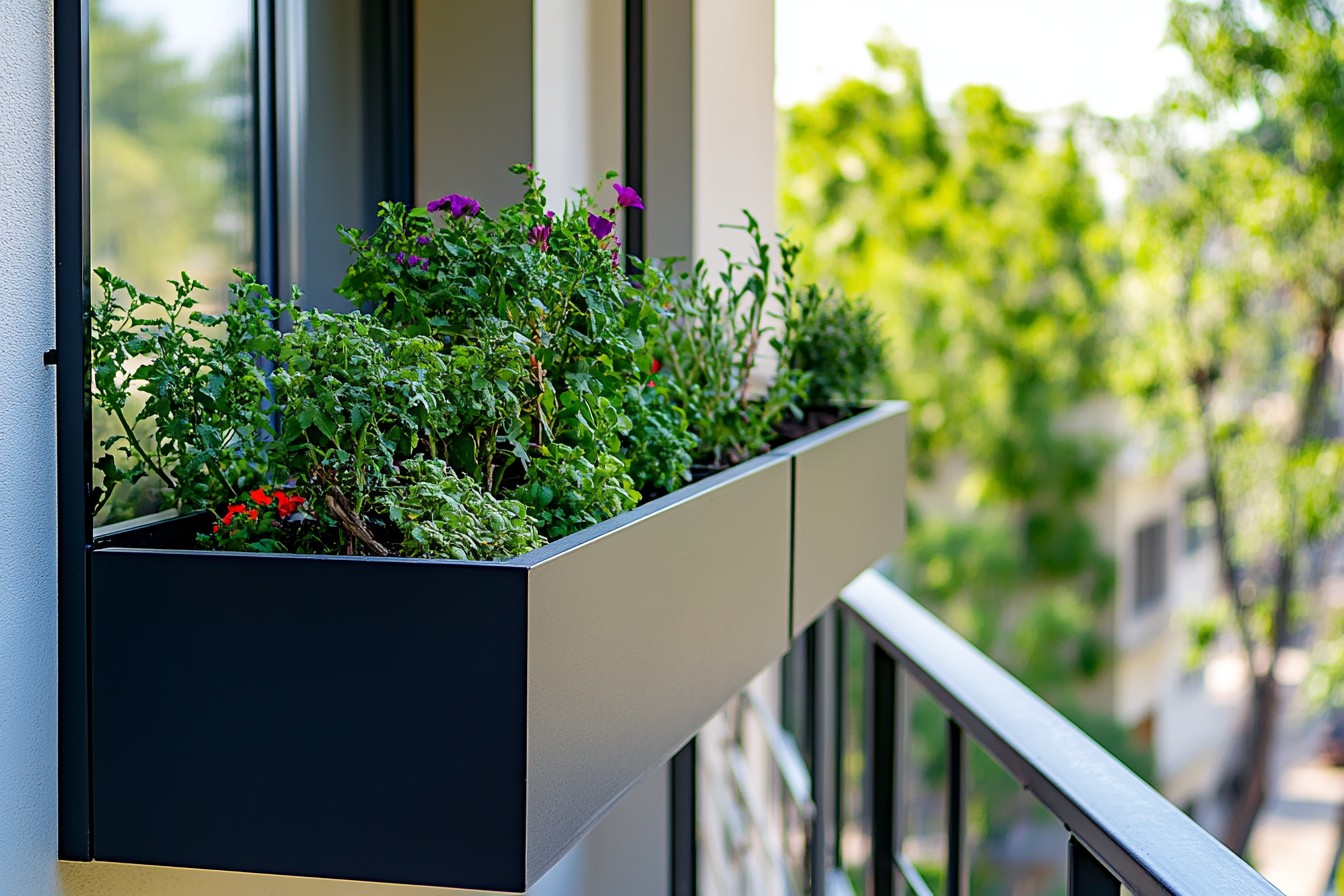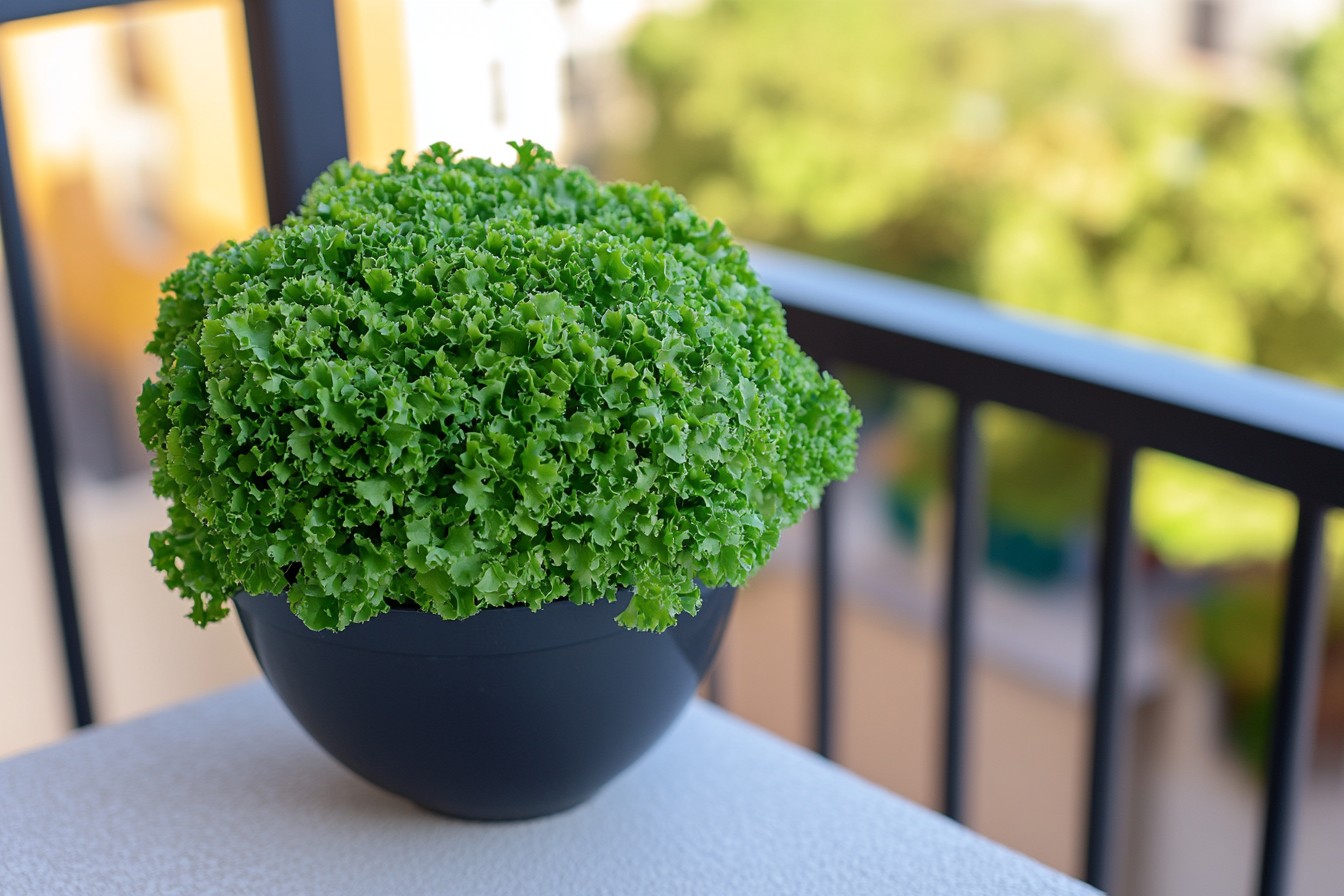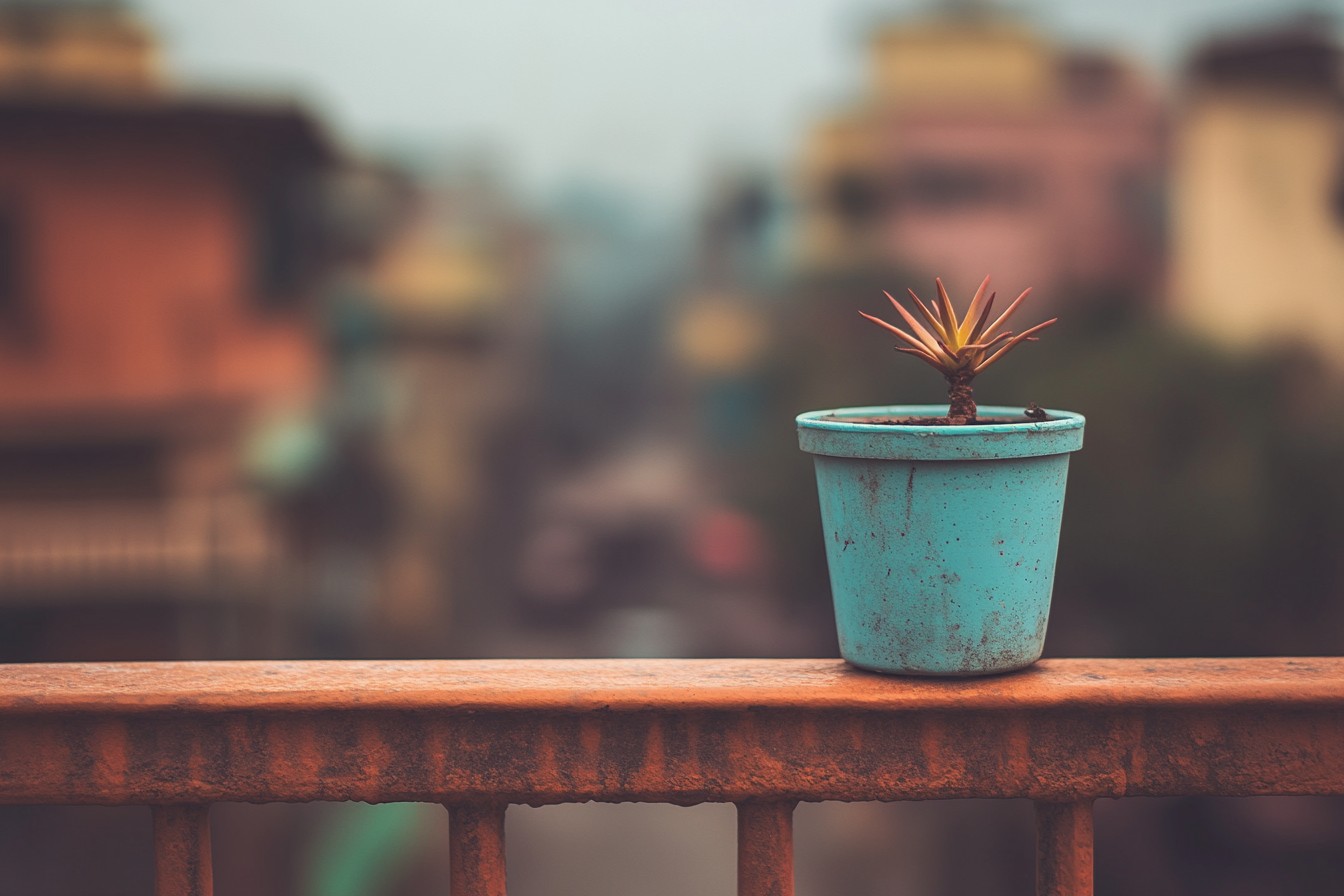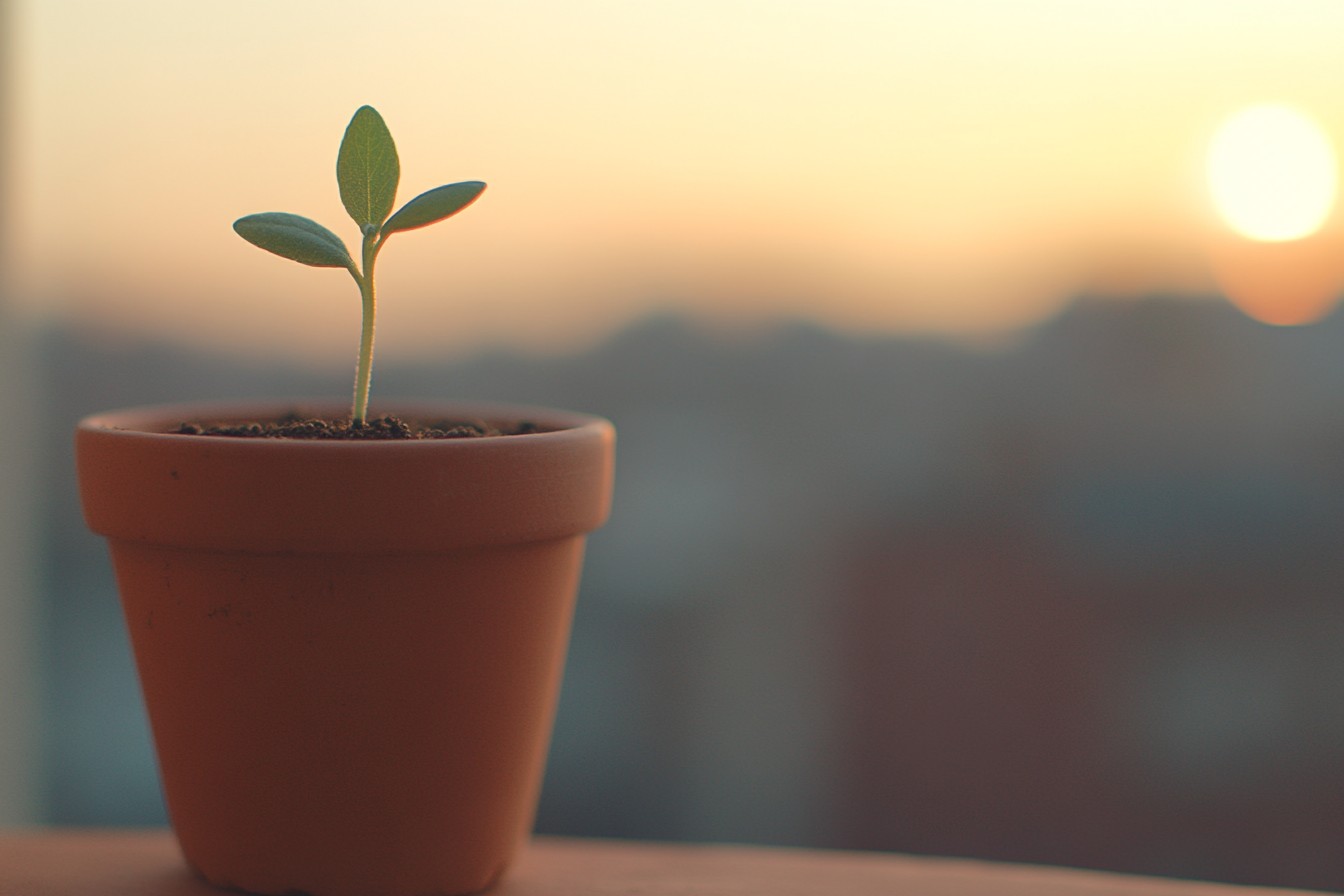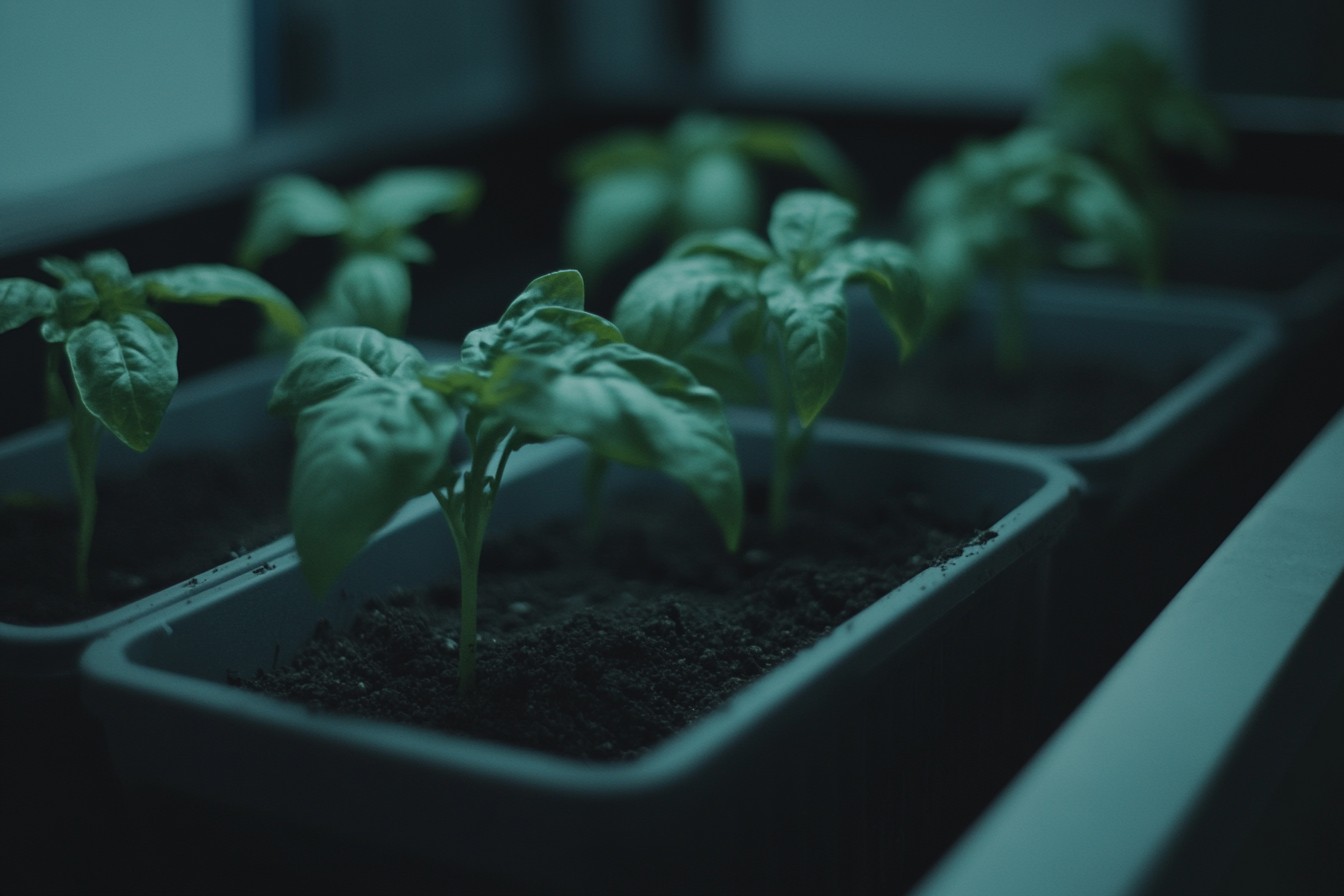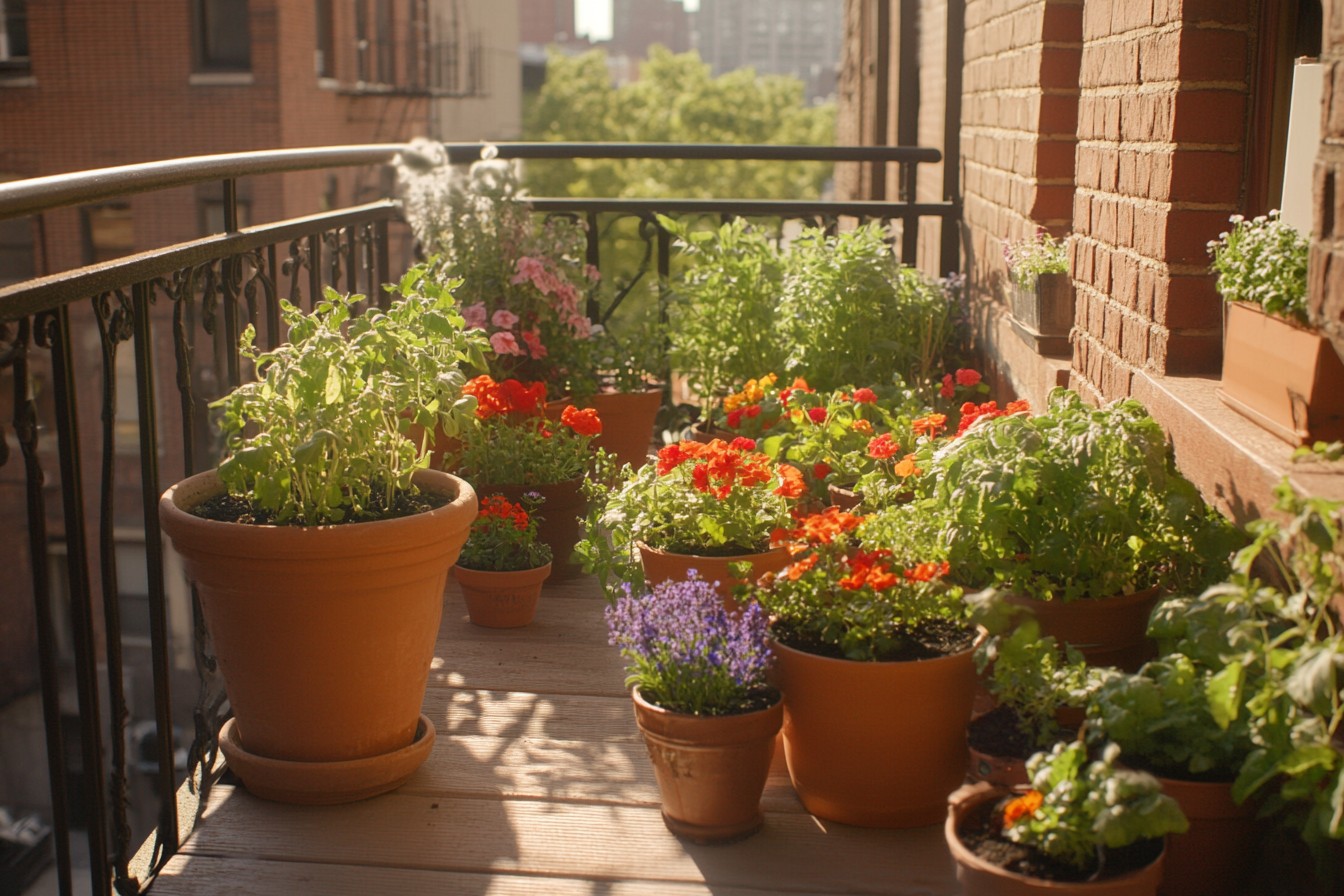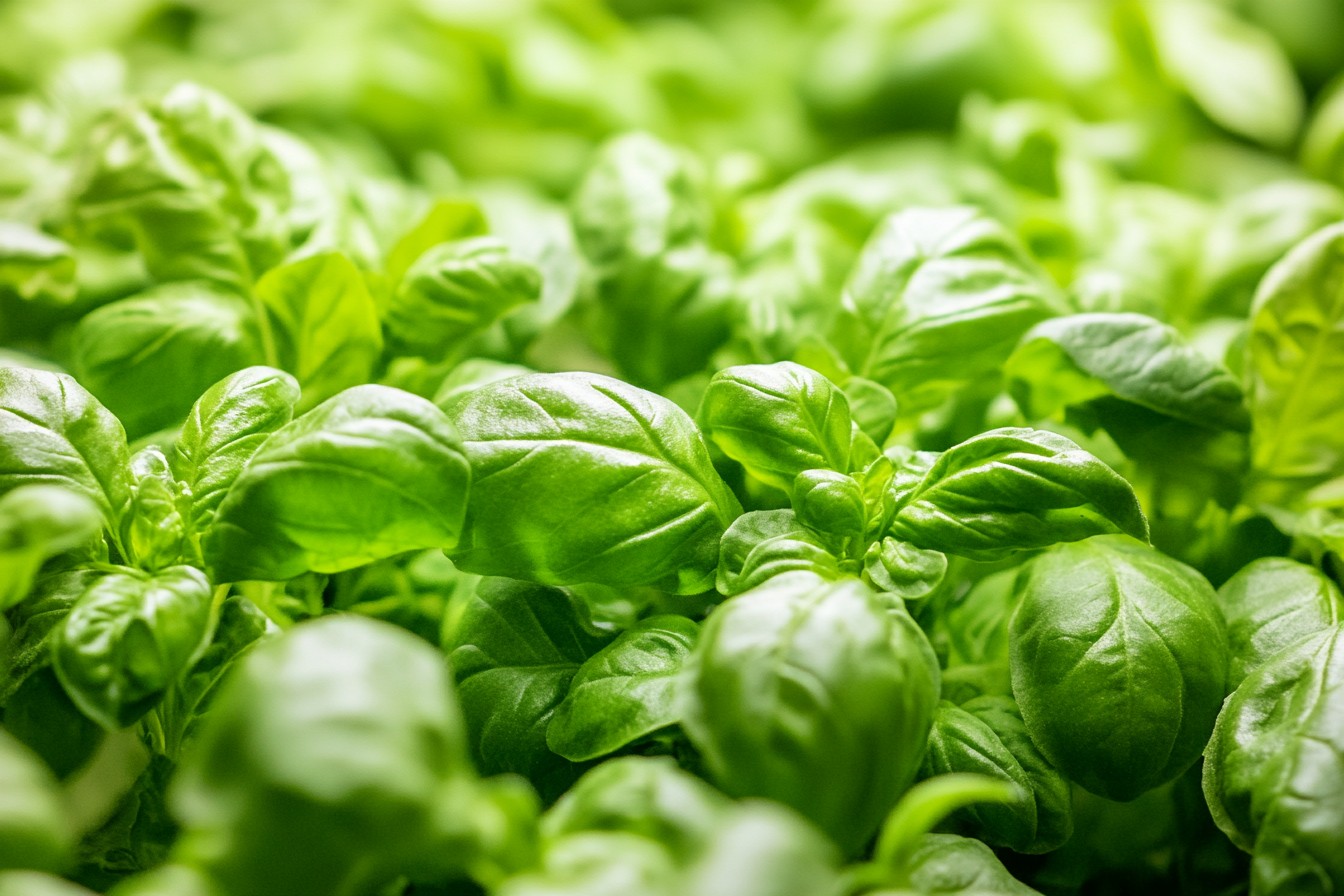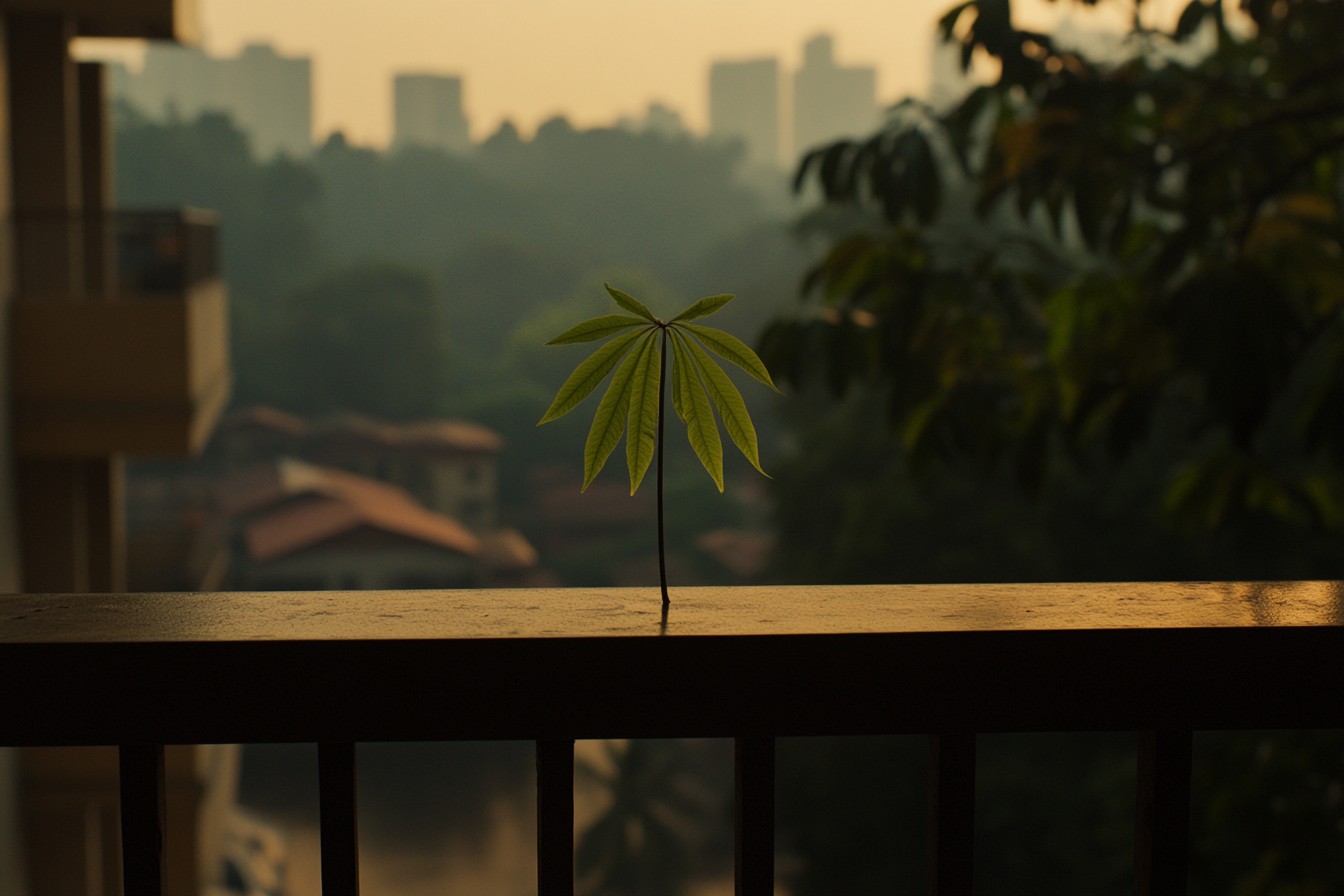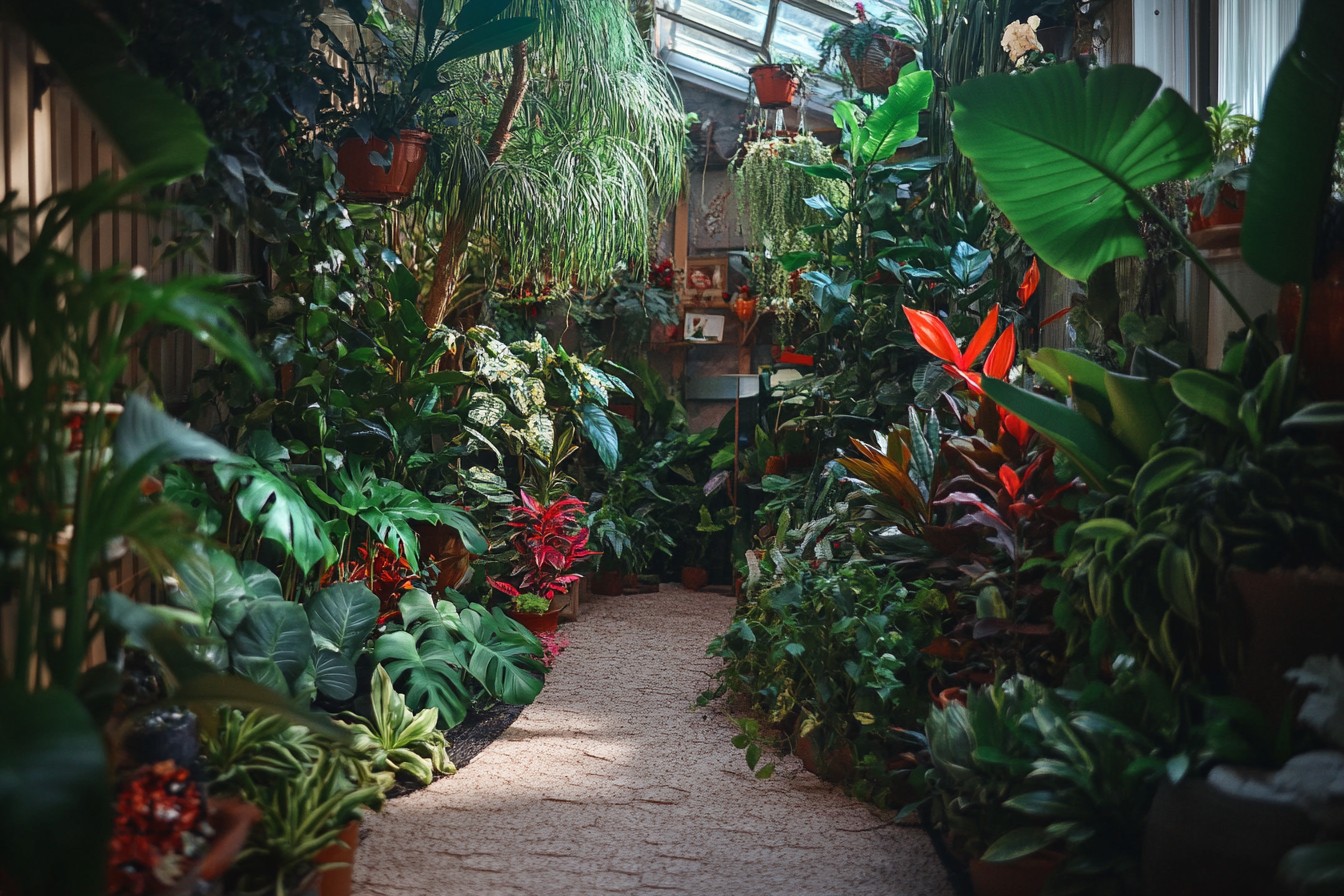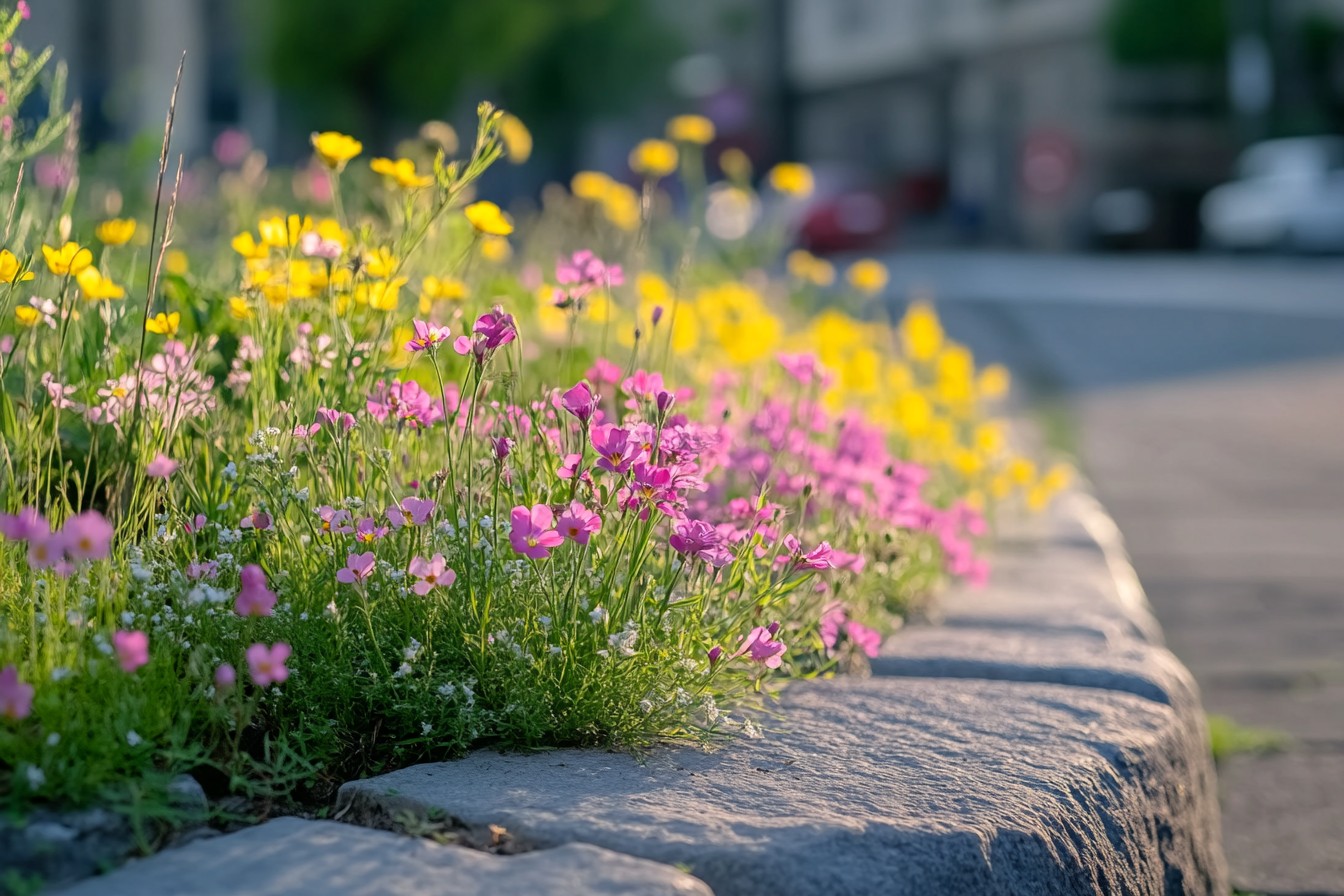My balcony measures exactly 5 feet by 8 feet. I know this because I’ve measured it approximately 47 times over the last three years, always hoping that somehow the dimensions would magically expand. They never do.
This glorified ledge outside my third-floor apartment isn’t exactly the sprawling garden paradise I dreamed about, but it’s what I’ve got, and I’ve been determined to squeeze every possible growing inch out of it since the day I signed my lease. The problem with horizontal space is that there’s only so much of it. After placing two not-particularly-comfortable folding chairs and a tiny side table on my balcony, I was left with roughly 12 square feet for growing things.
Not exactly a farm. But I figured if I couldn’t go out, I could go up. Thus began my three-year obsession with vertical growing systems, an adventure that’s cost me $1,287 (don’t tell my dad, he still thinks gardening is supposed to save money), resulted in two minor structural repairs to my landlord’s property (sorry, Ted), and produced enough vegetables to make me feel simultaneously ridiculous and smug every time I harvest a single tomato that probably cost about $9 to grow.
My first attempt was what I now fondly refer to as the “Wall of Death” – a ready-made fabric pocket system I ordered online for $89. It arrived in a suspiciously small box, and unfurled into what looked like a shoe organizer made of felt. The marketing photos showed a lush wall of strawberries and herbs cascading beautifully down the side of what was clearly a professionally-designed rooftop garden.
My reality involved struggling to find studs in the exterior wall (spoiler alert: I didn’t), using flimsy plastic anchors instead, and watching in horror three weeks later as the entire soil-filled contraption tore away from the wall during a mild rainstorm, creating what my downstairs neighbor described as “a mudslide right outside my damn window.” Cost effectiveness: terrible. Space efficiency: potentially good, if it had actually stayed up. Harvest: exactly 7 sprigs of thyme and 2 strawberries before the great collapse.
Neighbor relations: strained. After paying to repair the exterior wall ($145, which Ted graciously split with me after I brought him stress-baked cookies for a month), I went with a free-standing approach. I built a DIY vertical planter using PVC pipes mounted on a wooden frame – total materials cost around $73.
I cut holes in the PVC at carefully measured intervals, filled the pipes with a special lightweight growing medium, and planted lettuce seedlings in each opening. Technically, it worked. The lettuce grew.
But there were unforeseen issues: the bottom holes got significantly less water than the top, the entire structure was surprisingly heavy and awkward, and the white PVC turned an alarming shade of green-brown with algae after about three weeks. Plus, I had to position it against the railing to keep it from tipping over, which blocked my already limited view. Space efficiency: decent – it took up about 2 square feet of floor space while providing roughly 20 planting holes.
Harvest: a respectable amount of slightly irregularly-sized lettuce. Cost per lettuce head: approximately $3.65, which is… not a bargain.
Next came the hanging approach. I installed a series of brackets on my balcony ceiling (after getting actual written permission from Ted this time) and hung various containers from them. This worked surprisingly well for certain plants – cherry tomatoes in upside-down planters, strawberries in hanging baskets, and cascading herbs like thyme and oregano in repurposed hanging pots.
Total cost for the hanging system was about $110, including the heavy-duty brackets, chains, and containers. Space efficiency was excellent – zero floor space used while adding about 15 square feet of growing area. The downsides?
Watering became a workout that inevitably resulted in me getting soaked as water ran down my arms. And the weight of the fully-loaded containers started to concern me whenever the brackets made suspicious creaking noises during windstorms. Harvest: impressive for the space, especially the cherry tomatoes which produced about 7 pounds over a single season.
Cost per tomato: probably still around $1 each when accounting for the system, soil, fertilizer, and my time, but at least I could smugly tell everyone they were “homegrown.”
The rail-mounted option came next. I spent $85 on specially-designed planters that hooked over my balcony railing, creating a sort of external shelf for growing. These were surprisingly stable and opened up a new growing area that didn’t take away from my limited floor space.
I grew peppers, compact bush beans, and more herbs in these, and they performed admirably. The only real issue was that they made my already narrow balcony feel even more enclosed, and I had to be careful opening my sliding door to avoid knocking plants off their perches. I also discovered that anything growing on the outside of the railing was significantly more exposed to wind, which meant much more frequent watering and some occasional heartbreak when a particularly gusty day would strip all the flowers off my pepper plants.
Space efficiency: excellent. Cost effectiveness: one of the better options at about $8.50 per container, each of which produced a decent crop. Harvest: varied by plant, but generally good.
My most ambitious project was the tiered wooden planter system that I designed myself and had a friend help build (thanks, Dave). This was essentially a set of incrementally smaller rectangular planters stacked in a pyramid formation, creating a plant tower that occupied about 9 square feet of floor space but provided around 24 square feet of planting area. Materials cost ran about $230, not counting the six-pack of beer I owed Dave for his help.
It was heavy – so heavy that I actually called my landlord to make sure the balcony was rated to hold this much weight (he was surprisingly knowledgeable about load-bearing specifications, which makes me think I’m not the first tenant to try something like this). The bottom tier held larger plants like zucchini and full-sized tomatoes, while the upper tiers contained progressively smaller plants – bush beans, then lettuce, then herbs at the top. Space efficiency: decent, effectively tripling the growing area of its footprint.
Cost effectiveness: not terrible in the long run, as it’s lasted through three growing seasons so far. Harvest: impressive – probably about 35 pounds of produce in a good season. The vertical hydroponic tower was my pandemic project – a $325 investment that I justified as “mental health equipment.” This sleek, white contraption promised soil-free growing with perfect nutrition and minimal maintenance.
It took up just 3 square feet but provided 28 growing spots arranged in a spiral around a central nutrient-delivery system. I’ll admit it was fun watching the plants grow in what looked like a space-age art installation, and the efficiency was undeniable. However, the power requirements (it needed to be plugged in constantly), the tedious nutrient mixing, and the fact that the pump created a persistent humming sound that I could hear through my open balcony door at night were all downsides.
Space efficiency: excellent. Cost effectiveness: terrible initially, mediocre over time. Harvest: consistent and impressive for leafy greens and herbs, less successful for fruiting plants like strawberries or peppers.
Last summer, I tried a vertical trellis system that might have been my most successful experiment yet. I mounted three 4-foot-wide panels of concrete reinforcing mesh to create a U-shaped growing space against the balcony wall. The materials cost was minimal – about $45 for the mesh, mounting hardware, and some additional pots.
I grew cucumbers, small melons, and peas vertically up these trellises, with shade-tolerant lettuce and spinach in pots at their base. The trellises took up minimal floor space while providing massive growing area. They were also easily removable and storable during winter.
Space efficiency: phenomenal. Cost effectiveness: excellent. Harvest: about 27 cucumbers, 8 small melons, and enough peas to actually freeze some (a first for my tiny growing operation).
I felt like a proper farmer when I pulled a bag of my own peas out of the freezer in December. After all this experimentation, I’ve settled on a hybrid approach that maximizes my ridiculously small space. I use rail-mounted planters for herbs and strawberries ($85), hanging baskets for cherry tomatoes and trailing flowers ($65), a modified version of the tiered planter for larger vegetables ($180 for a smaller version), and the trellis system for climbers ($45).
Total investment: $375, which is a lot more reasonable than the combined $1,287 I’ve spent over the years trying different systems. My current setup lets me grow about 15 different types of plants in my 40 square feet of balcony space, effectively tripling the growing area through vertical strategies. The most cost-effective system was definitely the trellis approach, with materials costing just $45 while providing about 24 square feet of vertical growing space – that’s less than $2 per square foot.
The most efficient in terms of space usage versus yield was probably the tiered planter, which allows me to grow substantial vegetables in a relatively compact footprint. The most disappointing was unquestionably the fabric wall pockets – expensive, short-lived, and destructive. If I were to start over with just $100 to spend, I’d go with a combination of rail planters and a simple trellis system.
For about $105, you could set up three rail planters ($50) and a basic trellis ($55) that would give you both horizontal and vertical growing space without taking up valuable floor area on a tiny balcony. The key lessons I’ve learned through all this trial and error? First, weight matters – anything you hang or mount needs proper support and anchoring, especially when filled with wet soil and mature plants.
Second, water distribution is always trickier than expected in vertical systems; gravity pulls water down, leaving top portions drier and bottom portions sometimes waterlogged. Third, wind exposure increases dramatically the further out from the building wall you go, affecting both watering needs and plant stress. And finally, material quality is worth investing in – saving $20 on cheaper brackets or containers invariably leads to frustration and repairs down the road.
My neighbors have stopped looking alarmed when they see me hauling lumber, pipes, or mysterious gardening equipment up the stairs to my apartment. Ted no longer flinches when I approach him with “just a small idea” for the balcony. And while I’ll never have the sprawling garden of my dreams in this apartment, I’ve managed to create a surprisingly productive growing space that, yes, I still measure regularly – just in case those dimensions finally decide to expand.
They never do, but the amount of food I can grow in this tiny space certainly has. Oh, and for anyone wondering – yes, that single homegrown tomato really does taste better when you’ve engineered an entire vertical growing system just to produce it. Even at $9 per tomato.

